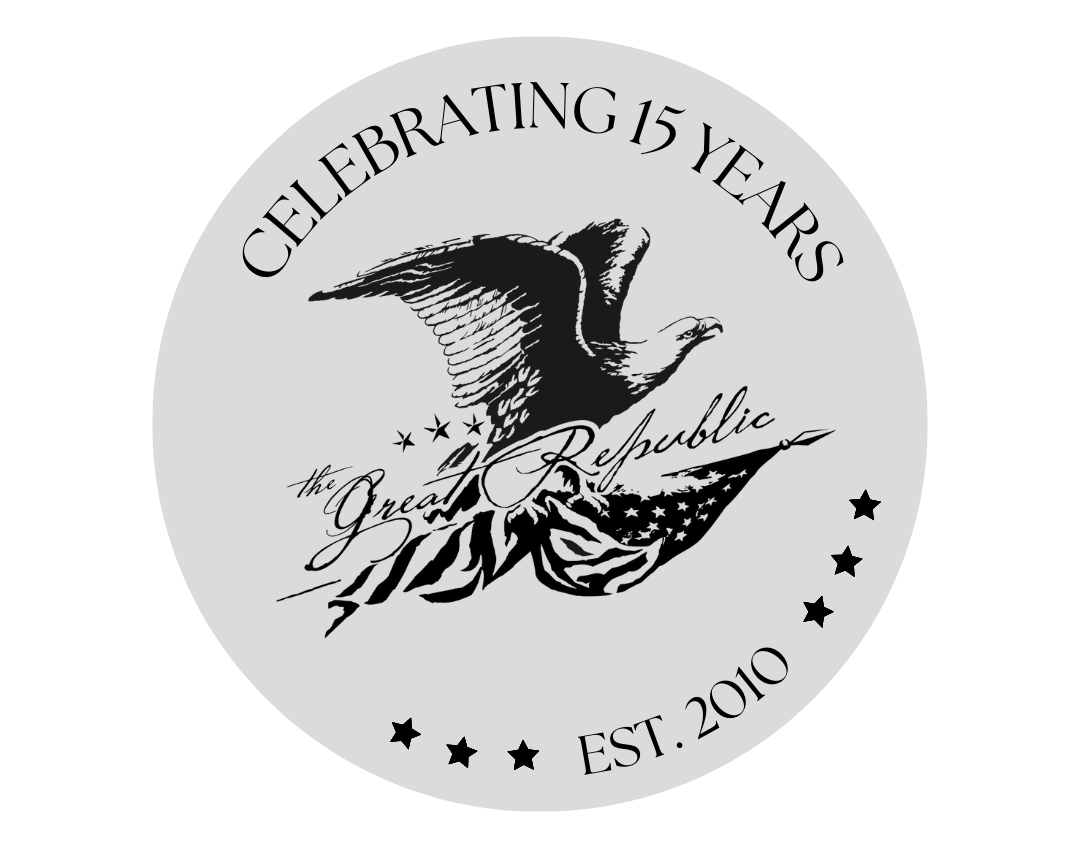Report Upon the Colorado River
Prior to the Civil War, much of the American West was still unexplored and undocumented by the United States. In order to determine whether the Colorado River had potential to become a major shipping route, the United States government sponsored the Colorado Exploration Expedition, also called the Ives Expedition.
A Lieutenant in the U.S. Army Corps of Topographical Engineers, Joseph C. Ives was eager to explore and document the region. Ives invited artist Heinrich Balduin Möllhausen to join his expedition party, appointing him “artist and collector in natural history.” Also added to the party of 27 men were naturalist and geologist John S. Newberry and topographer Baron von Egloffstein.
 From 1857 to 1858, Ives and his team collected numerous specimens and managed to navigate their steam boat to the entrance of the Grand Canyon, where they continued the journey for thirty miles on foot, all the while producing sketches and descriptions of the dazzling scenes. After exploring the Grand Canyon, they left the river and headed east, reaching Fort Defiance where the expedition ended on May 23, 1858.
From 1857 to 1858, Ives and his team collected numerous specimens and managed to navigate their steam boat to the entrance of the Grand Canyon, where they continued the journey for thirty miles on foot, all the while producing sketches and descriptions of the dazzling scenes. After exploring the Grand Canyon, they left the river and headed east, reaching Fort Defiance where the expedition ended on May 23, 1858.
The results of their exploration were presented by Ives in his Report Upon the Colorado River of the West, published in 1861. This report includes the Lieutenant’s observations as well as those of his accompanying scientists. Ives reported that the Colorado River was unsuitable for trading and transportation routes. He is often dismissed for writing that “the region is, of course, altogether valueless…after entering it there is nothing to do but leave.” He strongly believed that he would be the last person to visit the Grand Canyon in its harsh, dry environment.
 Yet the work of Ives’ team told a different story and helped sell the Colorado River to the American government. Newberry countered: “... though valueless to the agriculturalist, dreaded and shunned by the emigrant, the miner and even the adventurous trapper, the Colorado Plateau is to the geologist a paradise.” Together with the illustrations prepared by Möllhausen, including the first views of the Grand Canyon ever published, some of the earliest paintings of Native American tribes, and sketches of fossils and living plants and animals, Newberry’s contribution revealed the unknown canyons of the Colorado to the scientific world. Newberry and Mollhausen created a valuable natural history record that captured the splendor of the scenery and helped the geologic picture of the West emerge.
Yet the work of Ives’ team told a different story and helped sell the Colorado River to the American government. Newberry countered: “... though valueless to the agriculturalist, dreaded and shunned by the emigrant, the miner and even the adventurous trapper, the Colorado Plateau is to the geologist a paradise.” Together with the illustrations prepared by Möllhausen, including the first views of the Grand Canyon ever published, some of the earliest paintings of Native American tribes, and sketches of fossils and living plants and animals, Newberry’s contribution revealed the unknown canyons of the Colorado to the scientific world. Newberry and Mollhausen created a valuable natural history record that captured the splendor of the scenery and helped the geologic picture of the West emerge.
We are lucky to have a first edition printing of this important report. Bound in beautiful leather and marbled boards, the report includes Ives’ observations, fifteen full-page engravings, two large folding maps, eight large folding panoramic views, seven chromolithographic portraits of Native Americans, three paleontology plates, and many in-text wood engravings.







